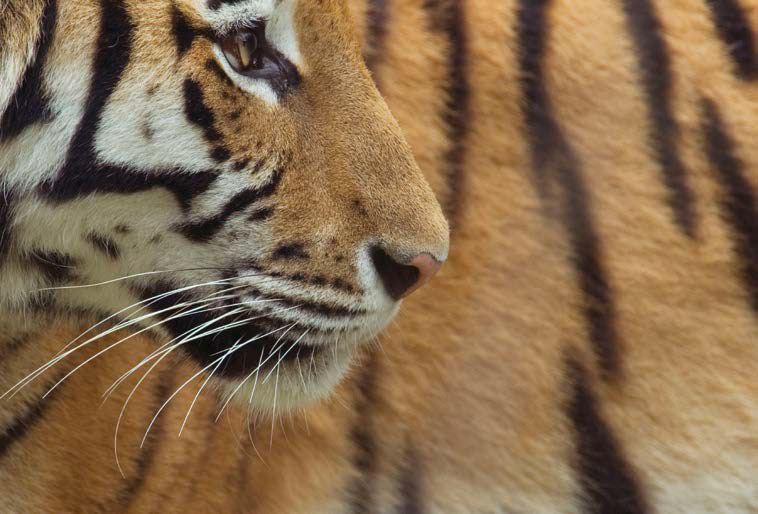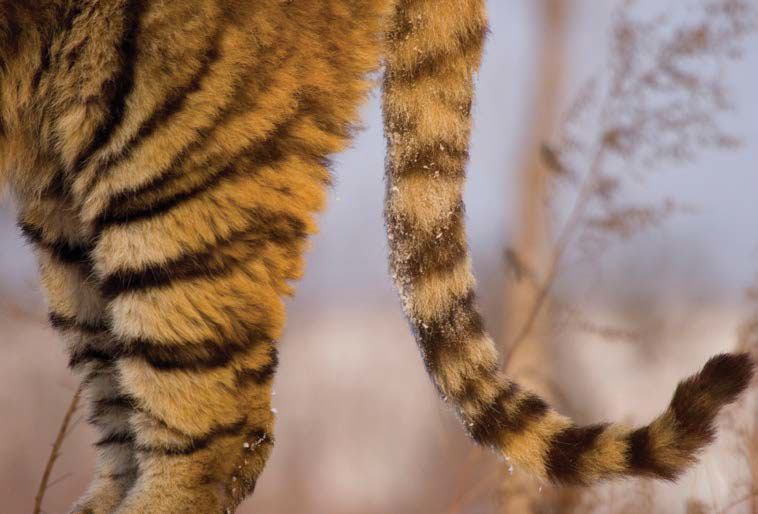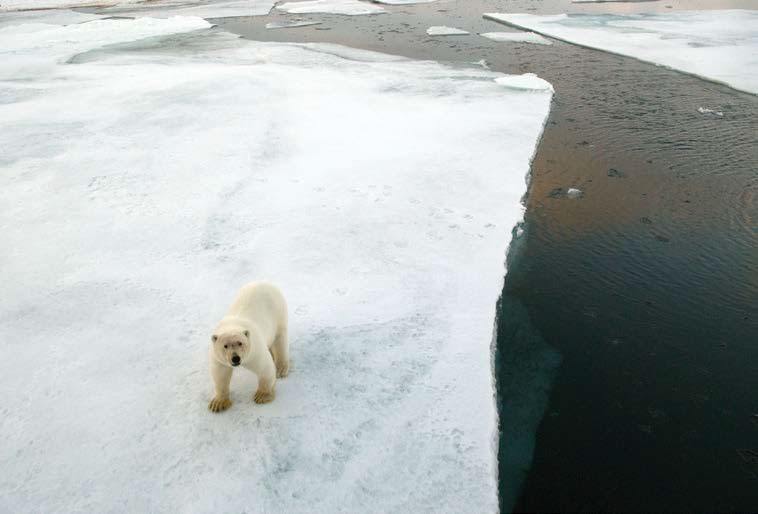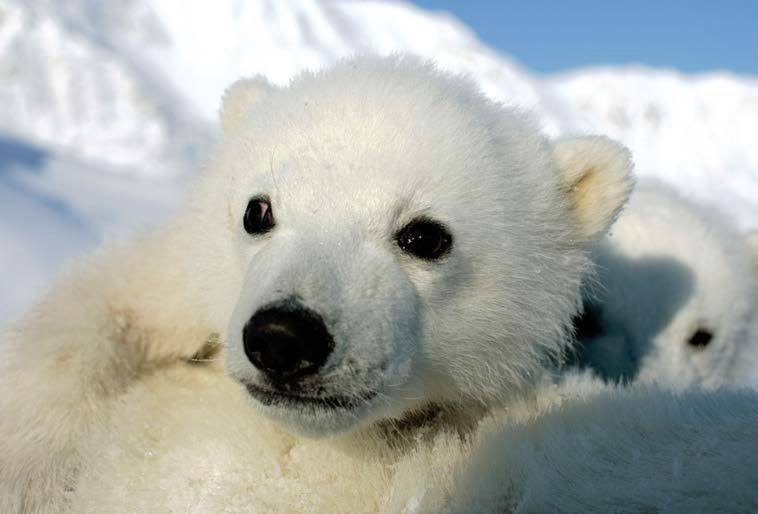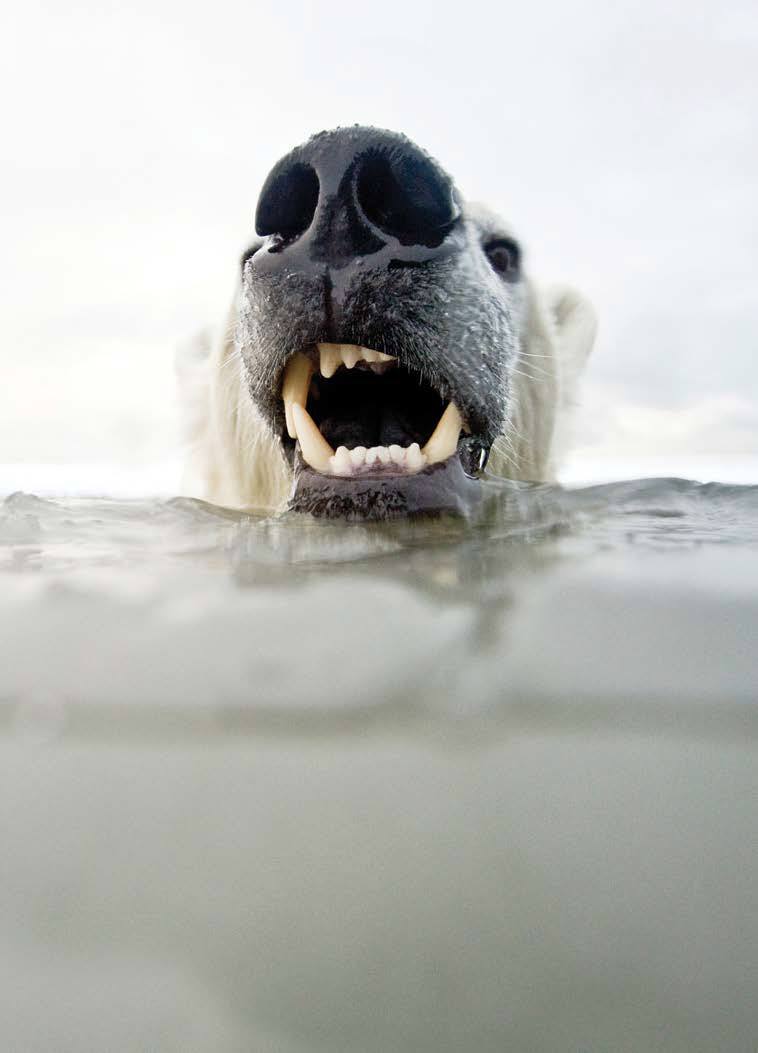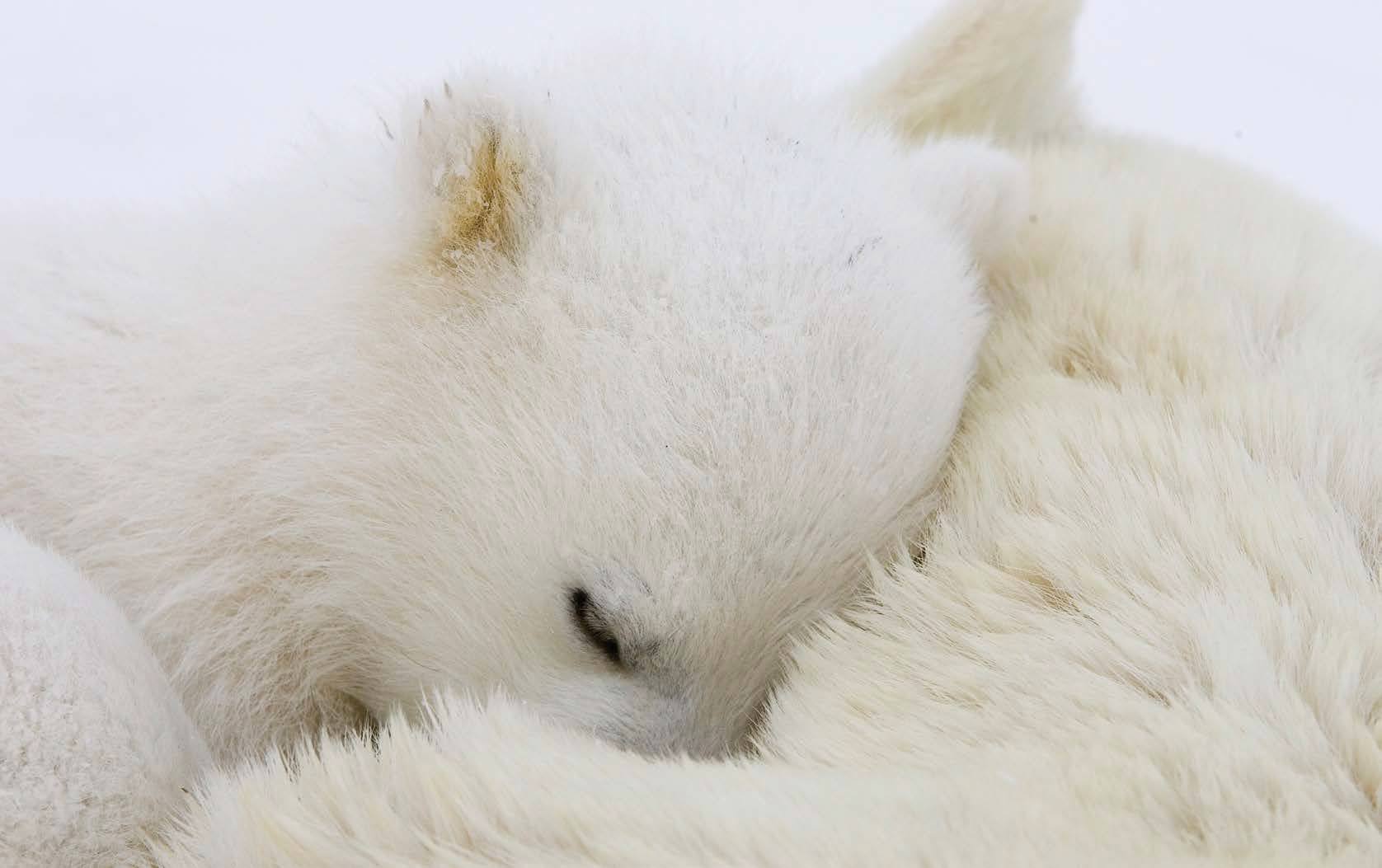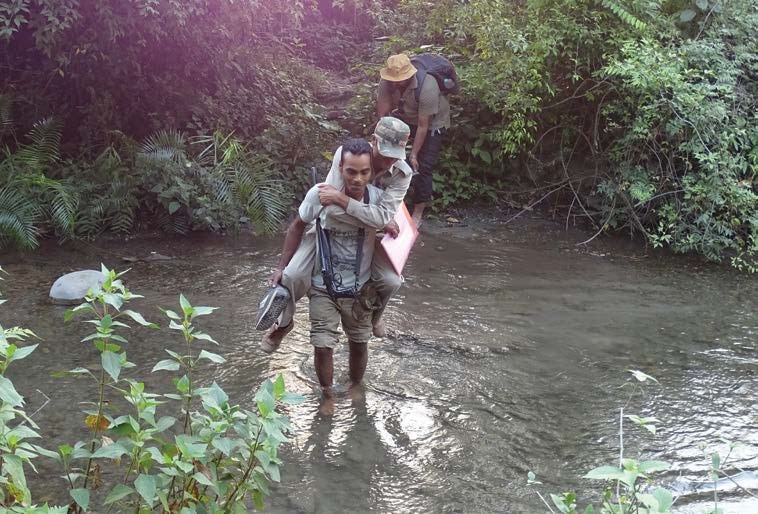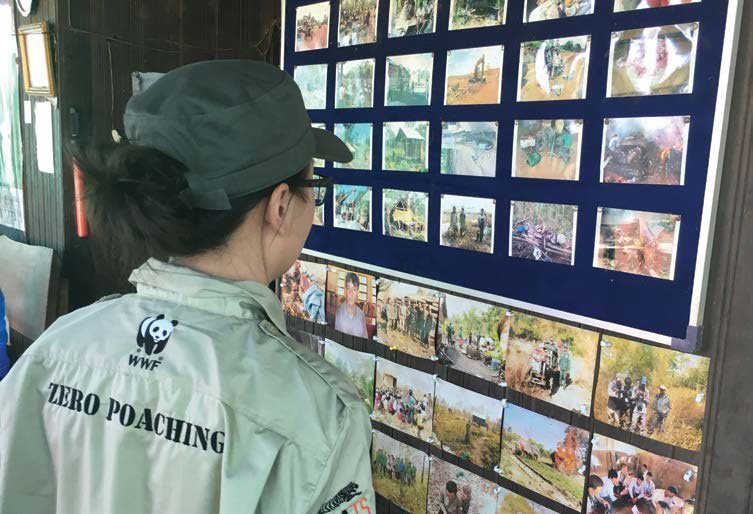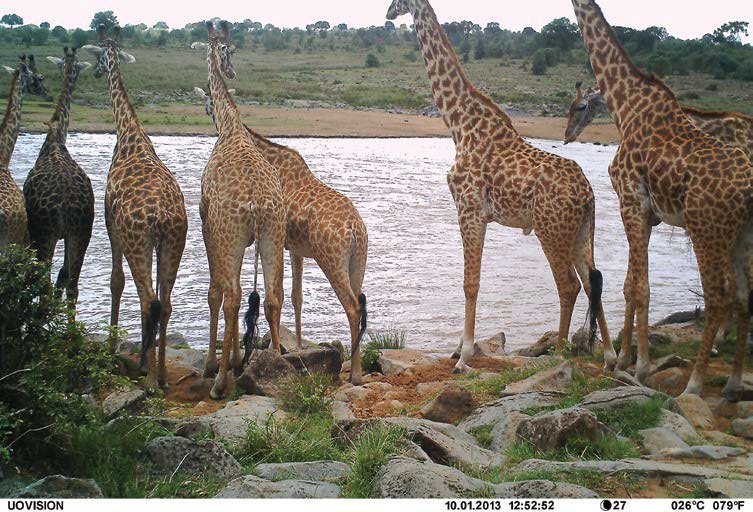Photography
and film
Photography and film give us some of the most powerful and emotive elements of the WWF brand – so we must use them with care and consideration.
We can use them to really connect with our audiences and bring our work to life. They help us to tell stories that truly engage. But we must always be accurate and honest in order to reflect our credibility.
We can use photography and film across all our communications – from highlighting species, issues and challenges to using it to create insightful, effective campaigns. Whether we use it solely to inform our audiences or use it to influence them to take action, it’s a major asset in helping us to realise our goals.
Credits and captions
Our imagery is a hugely important part of our brand, we source it from many different places, including external sources, as well as our own collections. So we must make sure we always credit and caption images we use where necessary.
No set formula
We don’t have a formula for credits and captions. There may be specific credit requirements from some sources; there may not be a need to caption some images at all.
Check before you use
Always make sure you check if an image or piece of film needs crediting. If you’re unsure, the default is to credit or you can contact the content acquisition team.
Caption typography
We recommend setting caption and credit typography in Open Sans Regular at a minimum size of 4.5pt. Refer to the fonts and typography section for more information.
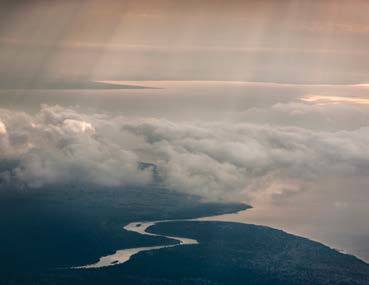

This section explains the types of imagery we can choose, create and commission. It covers two key areas: people; and species and places.
A general principle that runs through all our imagery is to show enough context and depth to give our audience a greater understanding of who we are, what we do and what we stand for, while telling a story in a positive way. In order to reflect our credibility, we must always be accurate and honest — with everything from where the image was taken to the species shown.
At WWF we’re fortunate enough to have access to a large collection of images through our work with some exceptional photographers. We can access them through our own image library called the Hive.
While this is our ‘go-to’ resource for images, the Hive may not be the answer to all our image needs.
These guidelines will help you if you choose to use images from the Hive. More importantly, they help us when commissioning new images or sourcing from stock.
The Hive
For access, contact the content acquisition team.
People
Photography
and Film
These are the
people who do it
People in the field
The people doing work in the field and the people affected by our work. We capture them in action. They are involved and committed.
People in the UK
These are people who are involved and active and are part of the WWF community. We capture them in their natural environment, taking part and showing their personality and energy for the planet.
People in the studio
The people who are involved and active and are part of the WWF community. In the studio, we create portraits that capture their personality and passion for the planet.
People in
the field
People
photography and film

People in the field – imagery principles:
Please refer to these principles when you’re sourcing or commissioning imagery of people in the field. That way we’ll create consistently high quality, on-brand images.
-
Involved and committed
These people are doing it for your planet on your behalf. We capture them in action. They are involved and committed. -
Observe and engage
When you photograph or film people in this way, you can document them and their actions with the camera or you can engage people directly so they’re aware of the camera. -
Keep it real
These images show real people taking real action. Or real people being affected by real issues and situations. We don’t change how they look. So keep post production and retouching to a minimum. -
Don't pose people
Make sure you capture real moments, activities and interactions. We don’t set up unrealistic posed situations – we want to see the reality of what’s happening out there. -
Post production
We want our images to look great, so we allow some post-production work to help give the right look. For example, we may correct colour levels, brightness and contrast.
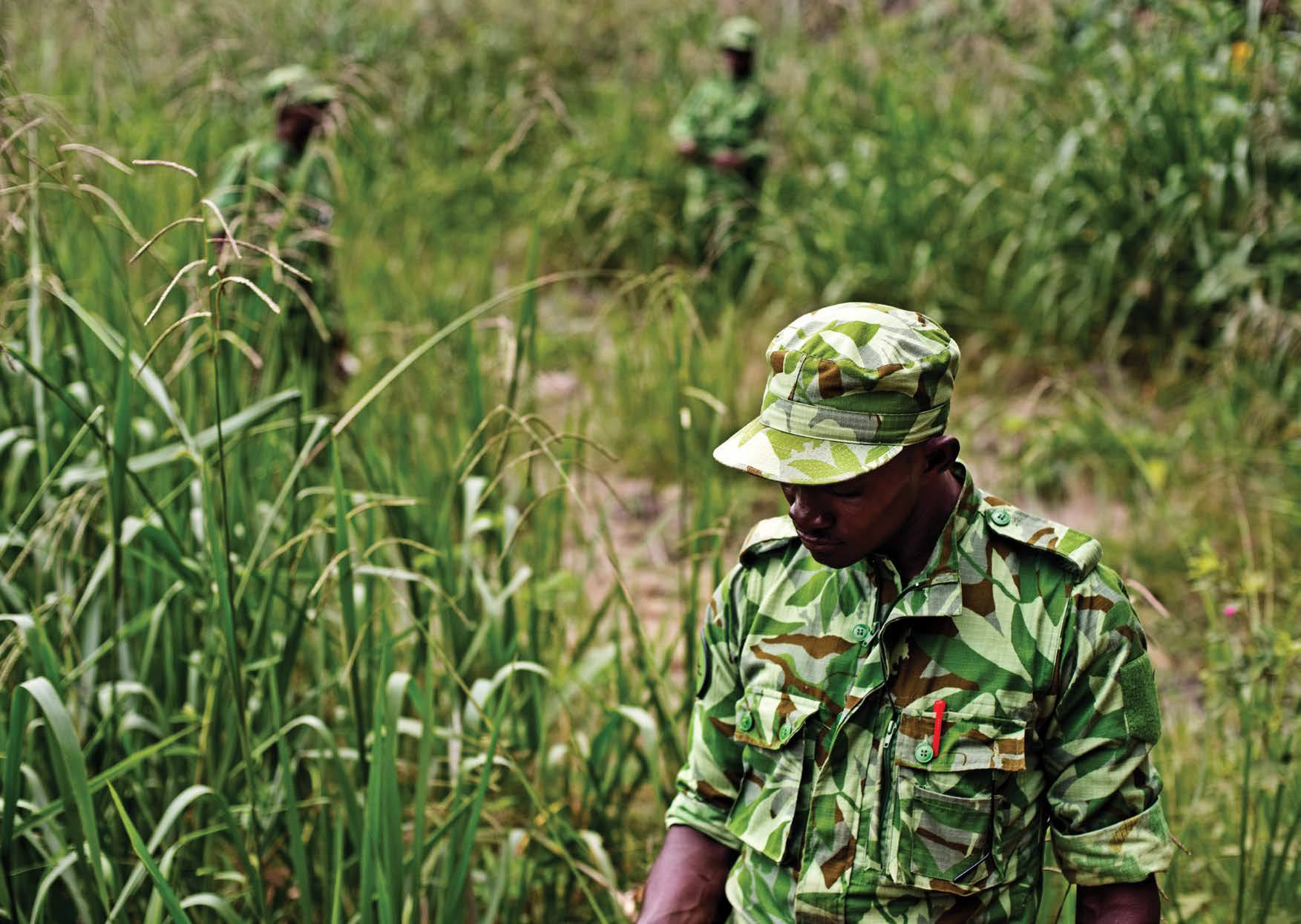
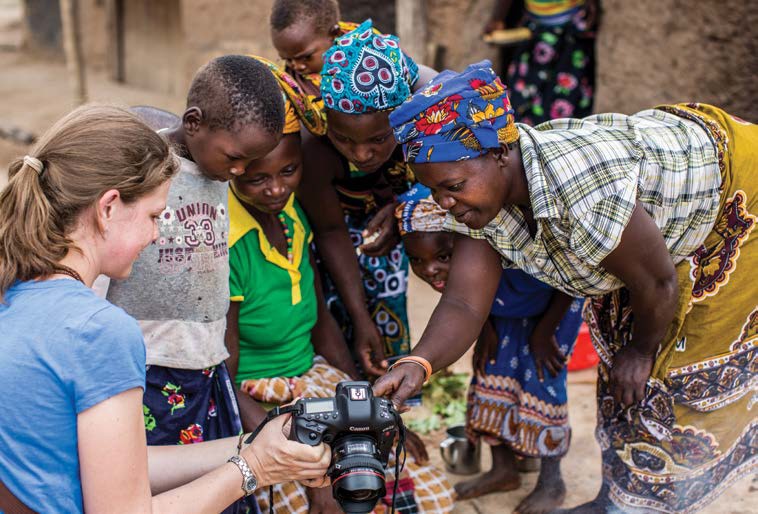

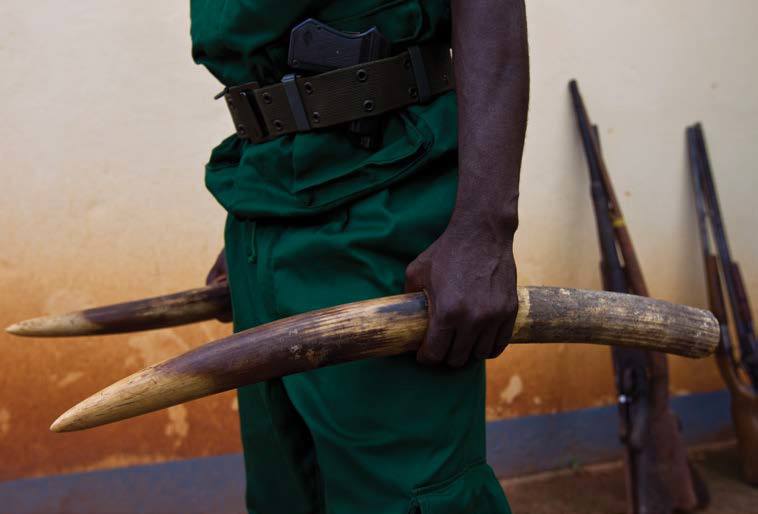
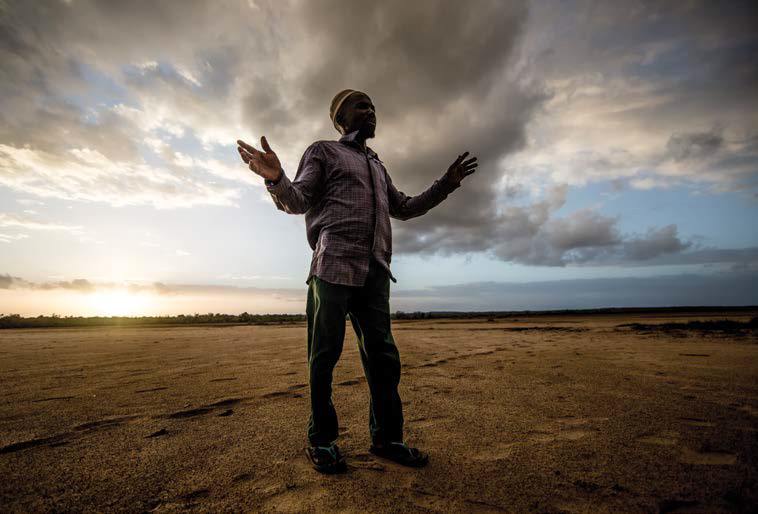
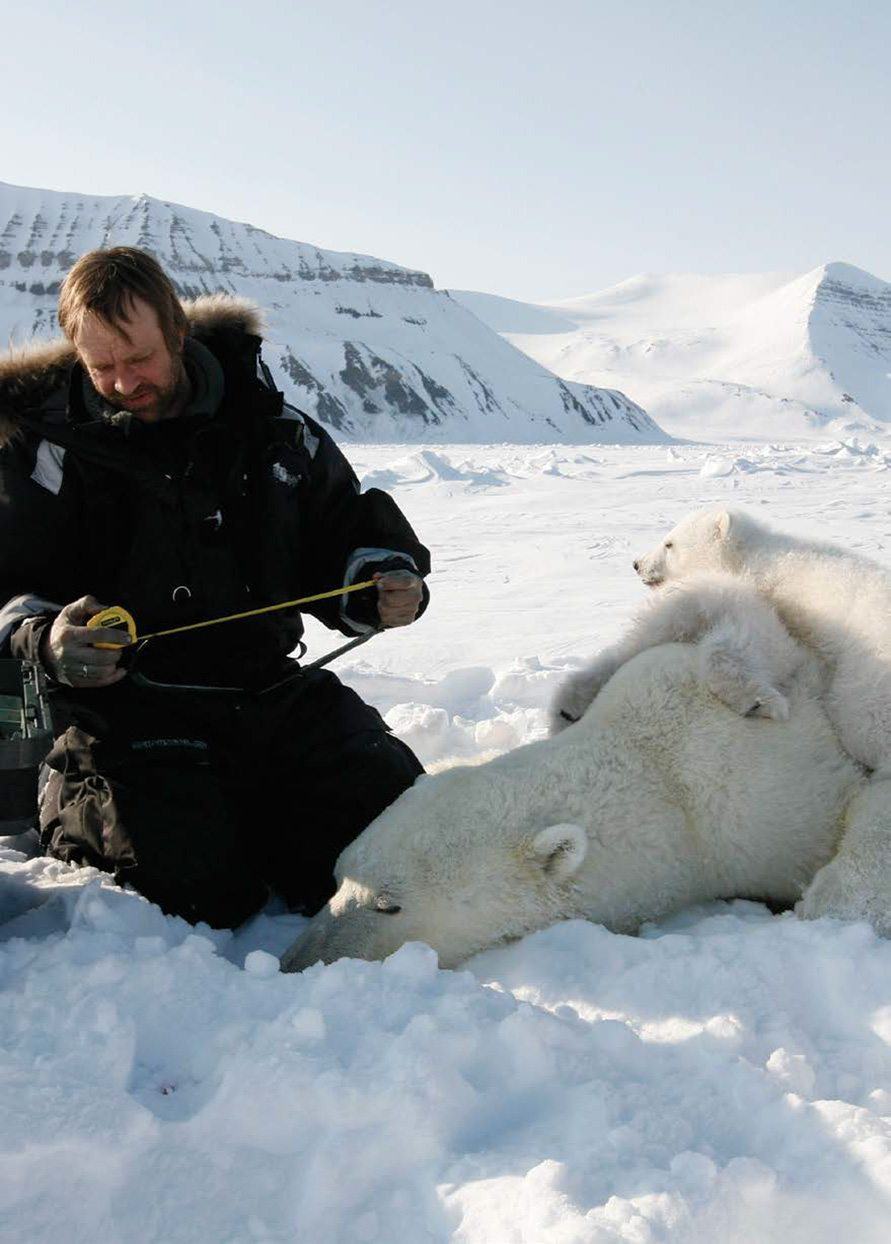
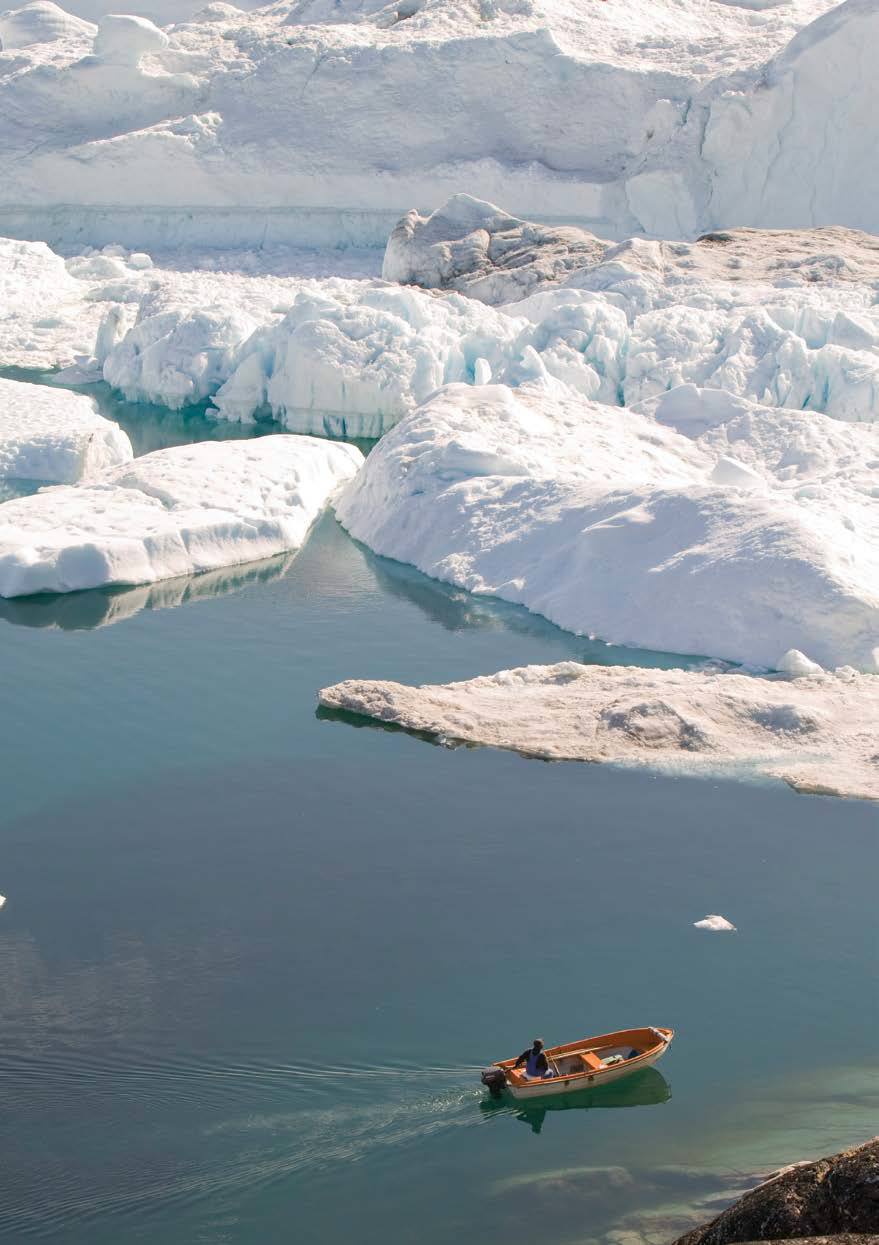
People in
the UK
People
photography and film

People in the UK – imagery principles:
Please refer to these principles when you’re sourcing or commissioning imagery of people in the UK. That way we’ll create consistently high quality, on-brand images.
-
Everyone is a hero
It doesn’t matter if these people are celebrities, volunteers, fundraisers or employees. Or if they have done something big or something small. They’re all working for the planet in the UK. -
Real people and places
The people in this type of imagery should be real people taking real action, in the UK. Don’t set scenarios up – reality works best. -
Observe and engage
When photographing or filming people in the UK, you can document them and their actions with the camera or you can engage people directly so they’re aware of the camera. -
Don't pose people
Make sure you capture real moments, actions and interactions. We don’t set up unrealistically posed images – people just feel uncomfortable. We want to see their real personality. -
Post production
We want our images to look great, so we allow for post-production work to help give the right look. For example, we may correct for colour levels, brightness and contrast.

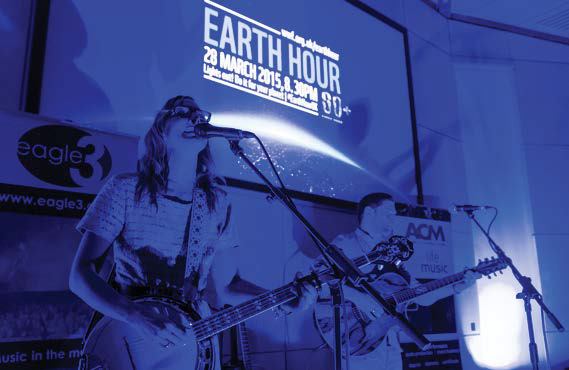
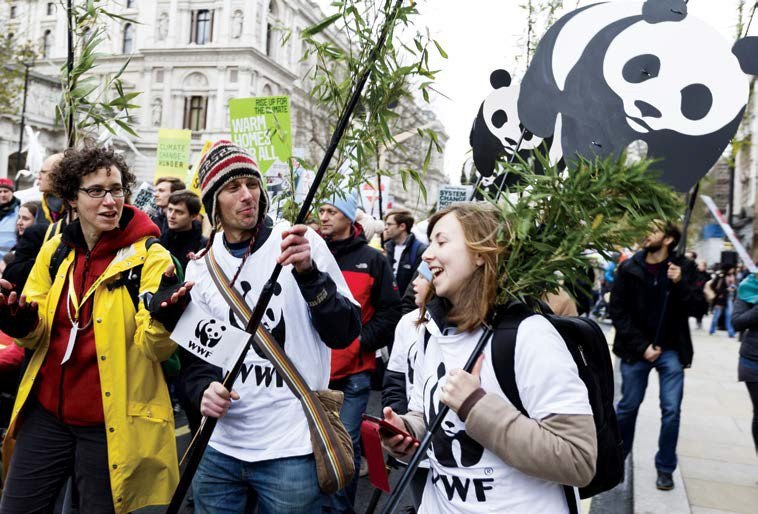
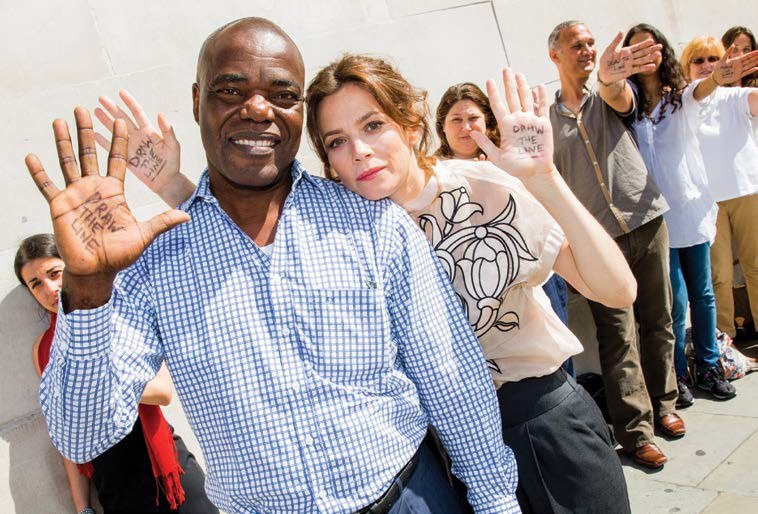
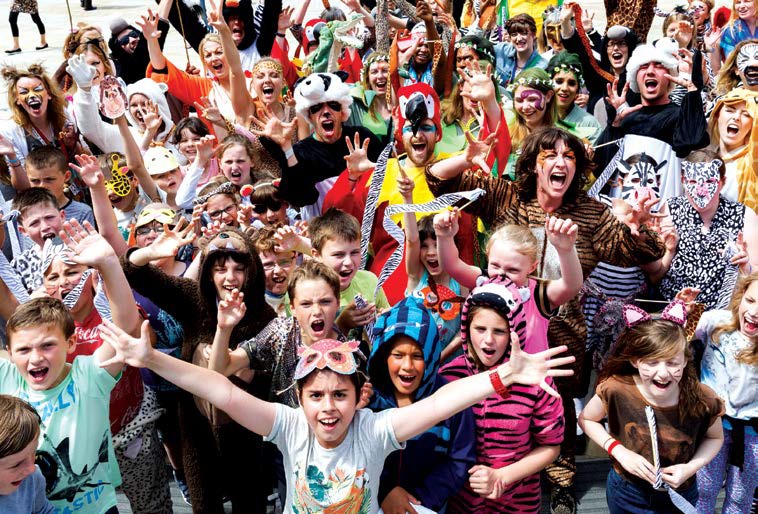
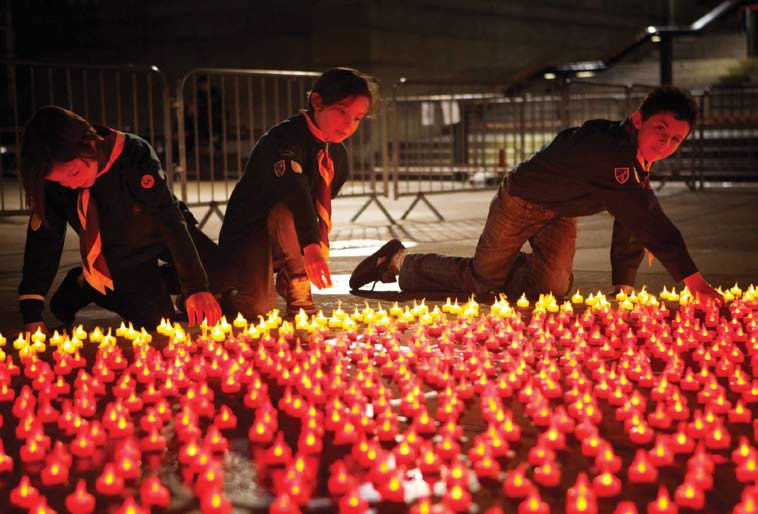
People
in the
studio
People
photography and film

People in the studio – imagery principles:
Please refer to these principles when you’re sourcing or commissioning imagery of people in the studio. That way we’ll create consistently high quality, on-brand images.
-
Tell a story
Imagine the imagery was seen alone with no copy or headline. The viewer should still be able to see the personality of the person and understand something about their character and what they’re doing or intend to do. -
Everyone is a hero
It doesn’t matter whether the people in the studio are celebrities, volunteers, fundraisers or employees. Or if they’ve done something big or small. Treat them the same – they are all heroes. -
Keep it real
The people in our imagery should be real people who are taking real action. We want to see the real person. -
Engage the camera
These are portraits of people, so it’s important that they engage with the camera and the viewer. This doesn’t mean your subjects have to look directly to camera all the time – they could also be interacting with each other or with props. -
Post production
We want our people imagery to stand out and look heroic, so we allow for post-production work to help give the right look. For example, we may correct for colour levels, brightness and contrast.
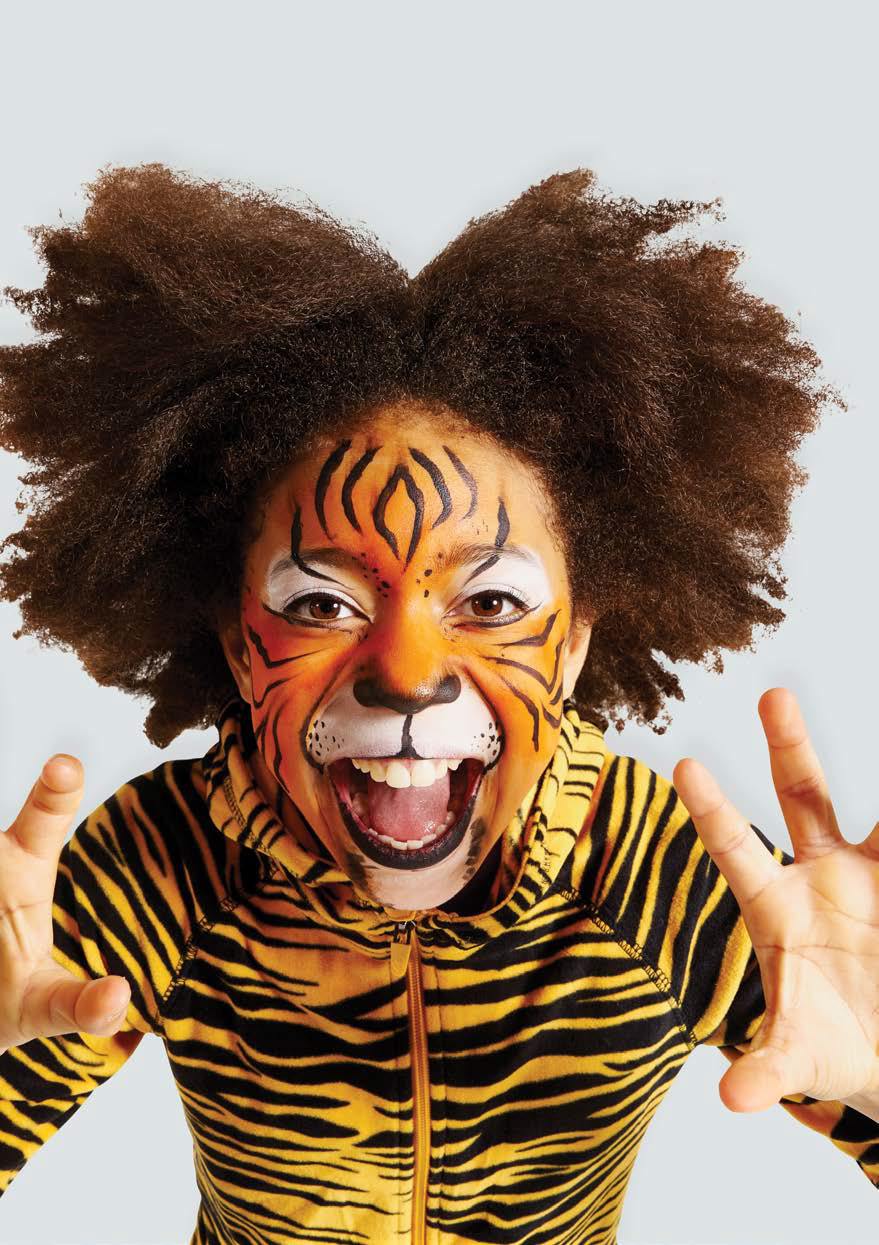
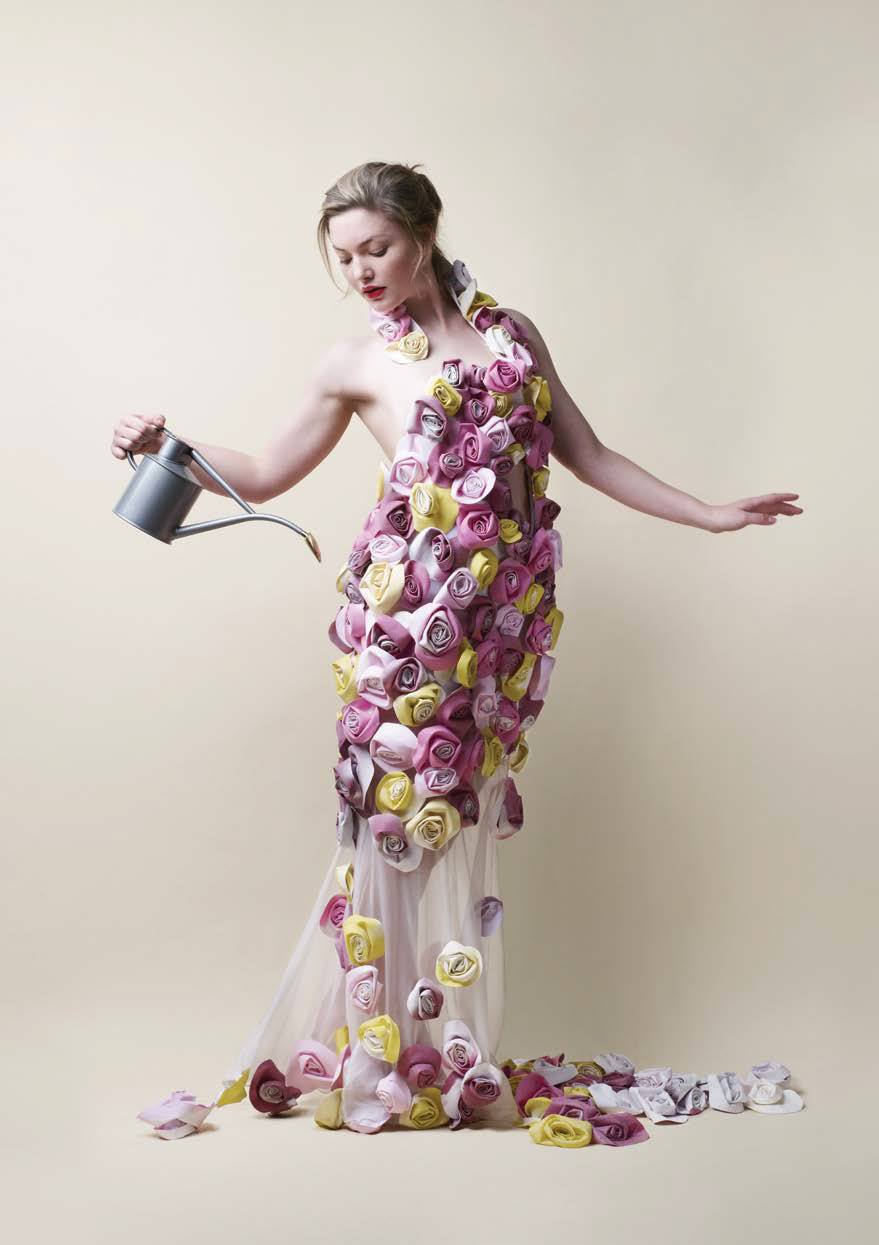
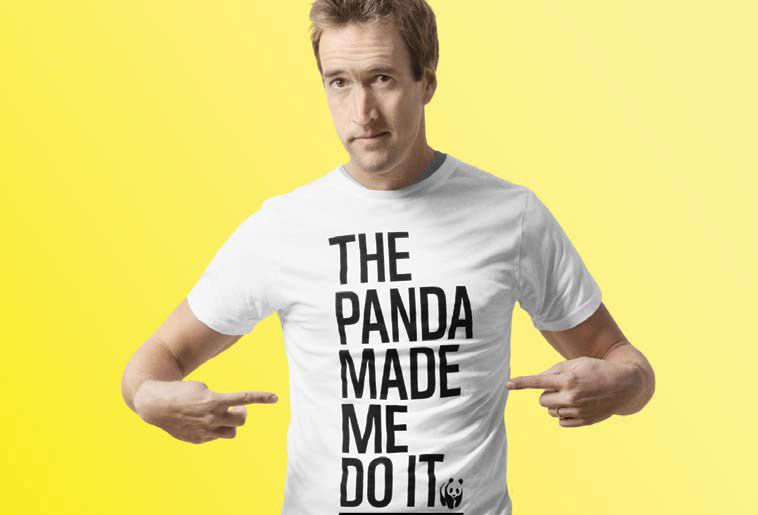
Photography by Jim Naughten
jimnaughten.com © JIM NAUGHTEN/WWF-UK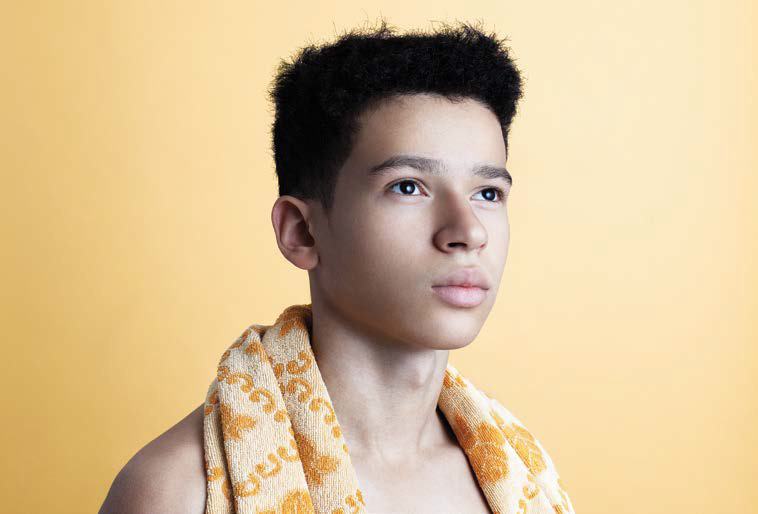
Photography by Ilka & Franz
ilkafranz.comThis image must not be used for any communications other than these guidelines.
© ILKA&FRANZ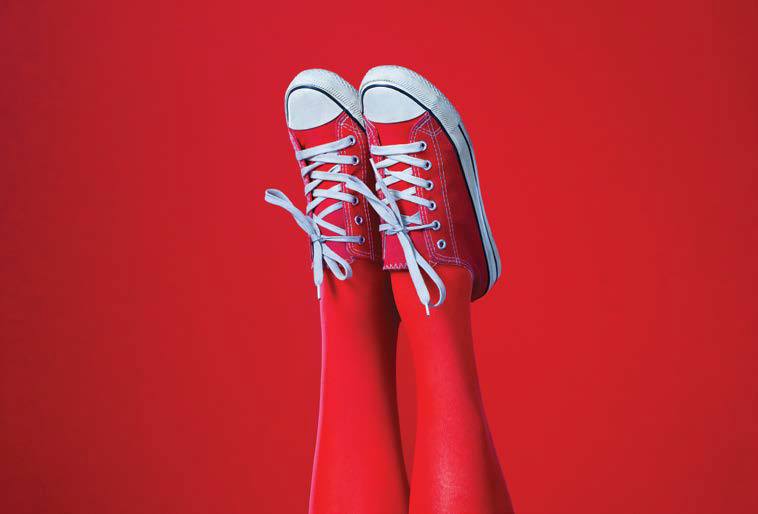
Photography by Ilka & Franz
ilkafranz.comThis image must not be used for any communications other than these guidelines.
© ILKA&FRANZ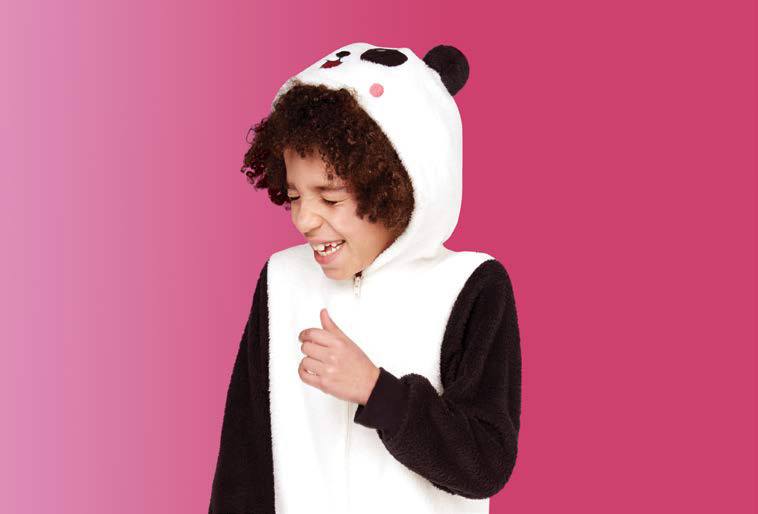
Photography by Packshot
packshot.comThis image must not be used for any communications other than these guidelines.
© PACKSHOT/WWF Species and
places
photography
and film
This is why we do it
Spectacular species and places
These are the spectacular species and places we are working for. They’re amazing, beautiful, breathtaking, images that our audience can emotionally connect with.
Social and society
Showing the communities and social interactions of the species we’re working for creates empathy with our audience. Don’t just think about large animals, think about all animals, fish, insects and even plants.
Points of view
This is an opportunity to show life from different angles. Maybe from above or from the ground. Show really close detail or show the world from an animal’s point of view.
Species and places
photography and film
Spectacular
species
and places

Spectacular
species and places – imagery principles:
Please refer to these principles when you’re sourcing or commissioning imagery of species and places. That way we’ll create consistently high quality, on-brand images.
-
Captured moments
We want to capture moments such as the authentic behaviour of an animal, or a sunset reflecting over a landscape. We want imagery that our audience will connect with. -
Species or places
If you’re photographing or filming animals, they’ll be in their natural environment. But feel free to use images of places and environments without animals. They often have more impact and set the context for a wider story. -
Natural environment
We never show animals outside their natural environment, especially in captivity, unless we’re documenting a specific story. -
Observe
When photographing or filming an animal you can document them and their actions with the camera or show the animal appearing to look directly at the camera/viewer. Both have different merits. -
Post production
Sometimes we need to use low quality imagery because it’s the right image for the job. We want our imagery to look as good as it can, so we allow some post-production work to help give the best look. For example, we may correct for colour levels, brightness and contrast.







Social
and
society
Species and places
photography and film

Social and society – imagery principles:
Please refer to these principles when you’re sourcing or commissioning imagery showing social behaviour. That way we’ll create consistently high quality, on-brand images.
-
Animal interaction
We want to show animals interacting with each other, showing elements of their society, family life and social hierarchy. We want to see moments that connect emotionally with our audience. -
Community
We want to see the community that the animals are living in and their behaviour. Don’t limit your choice to mammals. Fish, insects and even plants can be shown in this way, creating empathy among our audience. -
Natural environment
We never show animals outside their natural environment, especially in captivity, unless we’re documenting a specific story. -
Observe
When photographing or filming an animal you can document them and their actions with the camera or show the animal appearing to look directly at the camera/viewer. Both have different merits. -
Post production
Sometimes we need to use low quality imagery because it’s the right image for the job. We want our imagery to look as good as it can, so we allow some post-production work to help give the best look. For example, we may correct for colour levels, brightness and contrast.
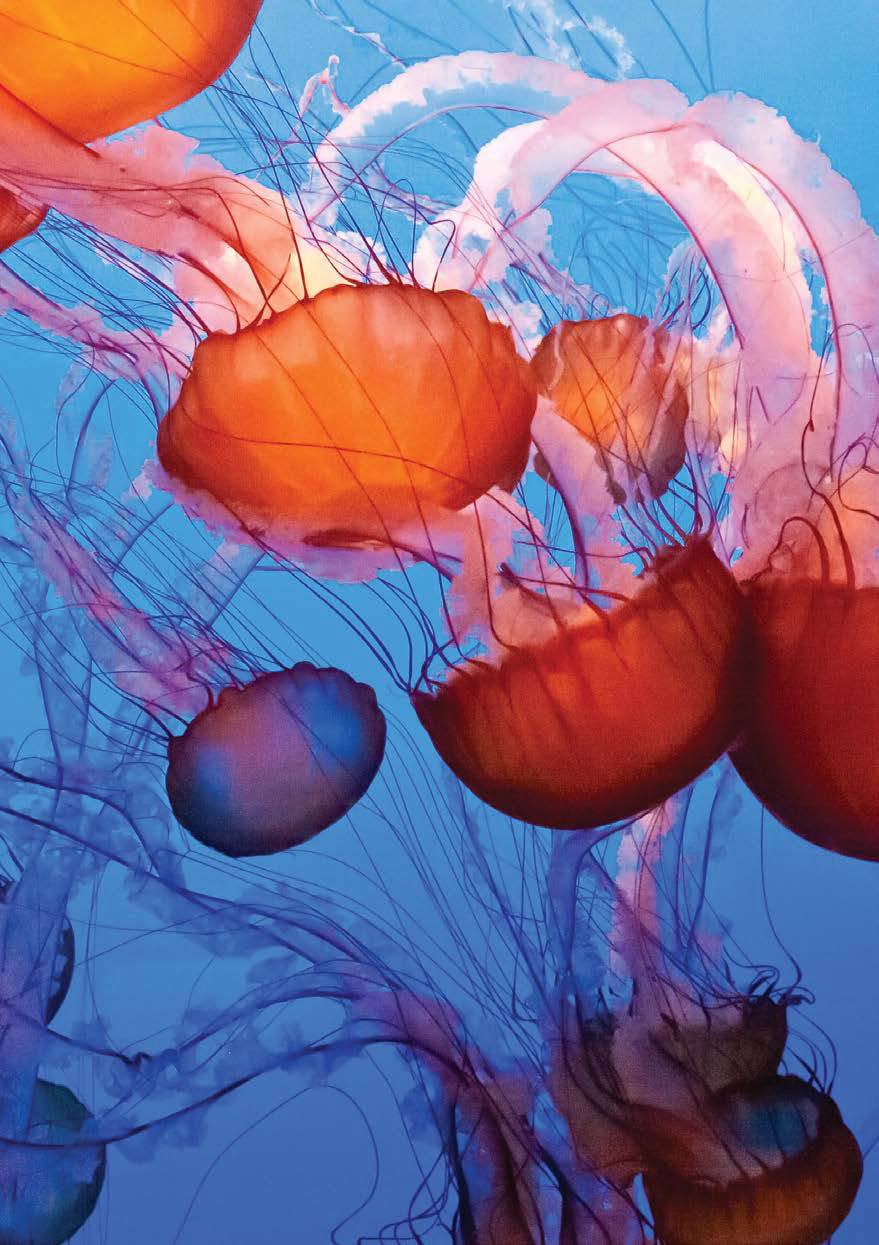
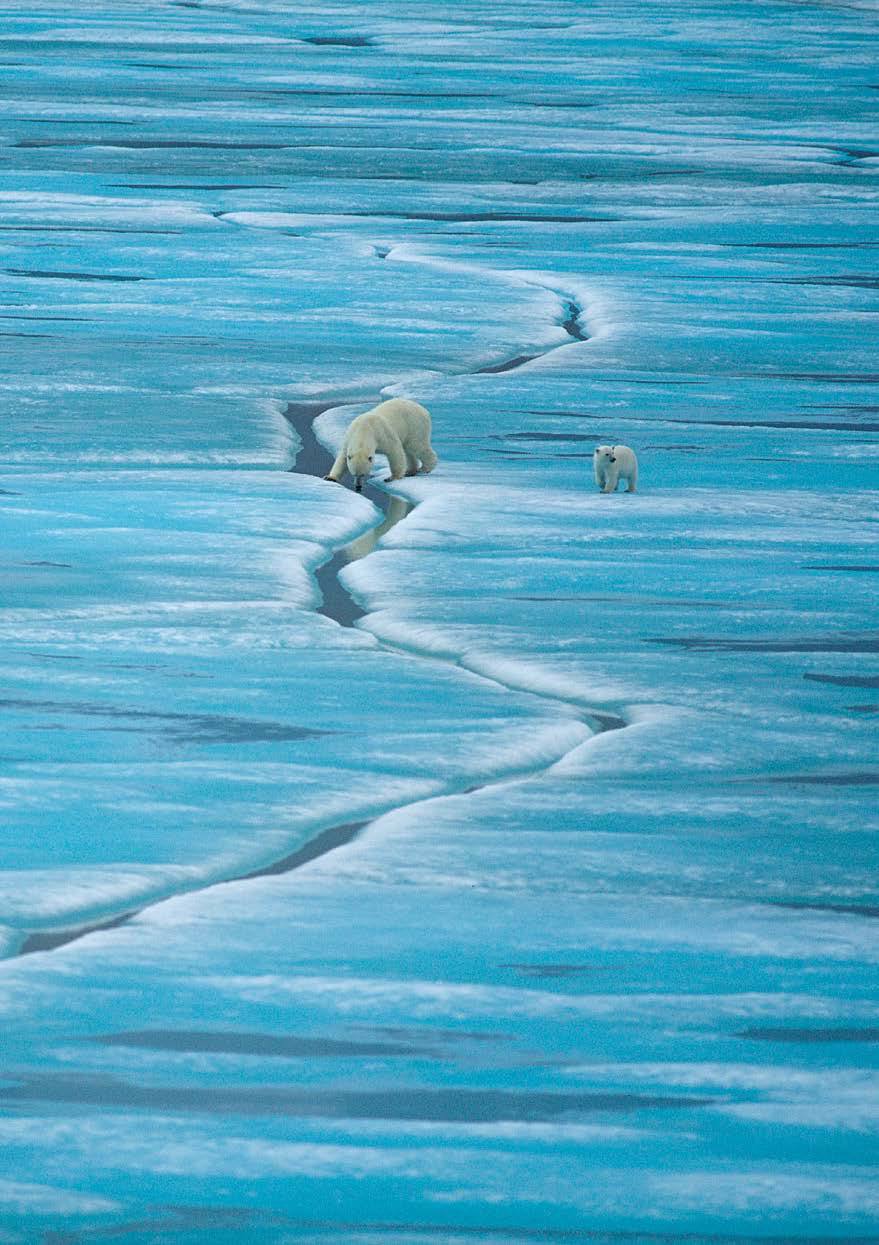




Points
of view
Species and places
photography and film

Points of view – photography principles:
Please refer to these principles when you’re sourcing or commissioning points of view imagery. That way we’ll create consistently high quality, on-brand images.
-
Different views
This is an opportunity to show life from different angles. Maybe from above or from the ground, showing really close detail, or showing the world from an animal’s point of view. Imagine the difference between an elephant’s view and an ant’s view of the planet. -
Species or places
If you’re photographing or filming an animal, it will be in its natural environment. But feel free to use images of places and environments without animals. Landscapes offer a different perspective and set the context for an alternative point of view. -
Natural environment
We never show an animal outside its natural environment, especially in captivity, unless we’re documenting a specific story. -
Observe
When photographing or filming an animal you can document them and their actions with the camera or show the animal appearing to look directly at the camera/viewer. Both have different merits. -
Post production
Sometimes we need to use low quality imagery because it’s the right image for the job. We want our imagery to look as good as it can, so we allow some post-production work to help give the best look. For example, we may correct for colour, brightness and contrast.

